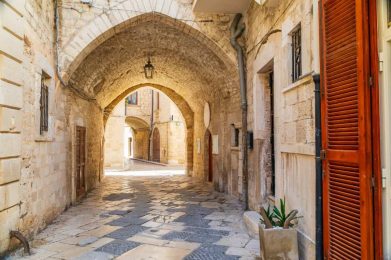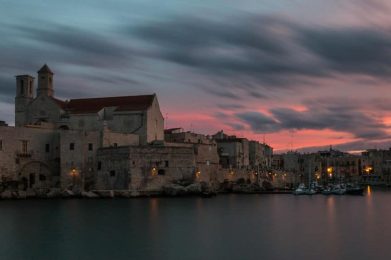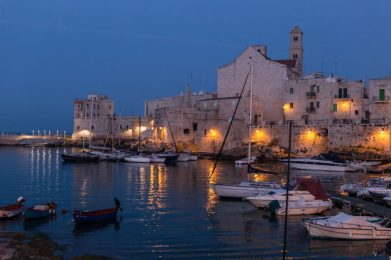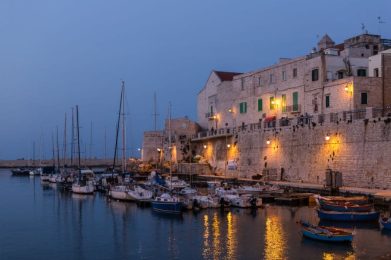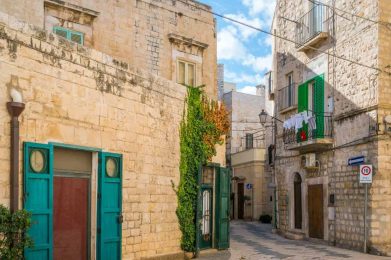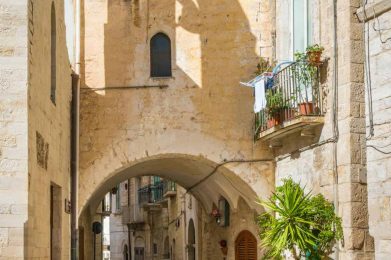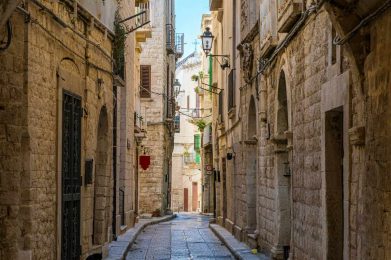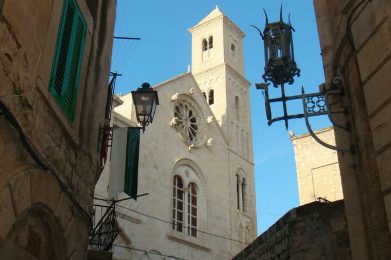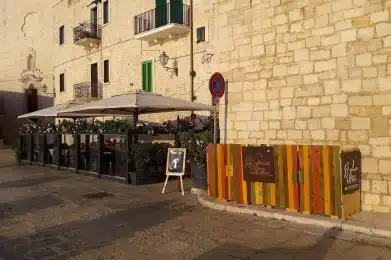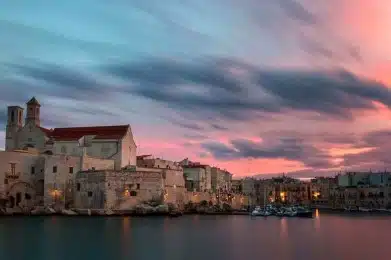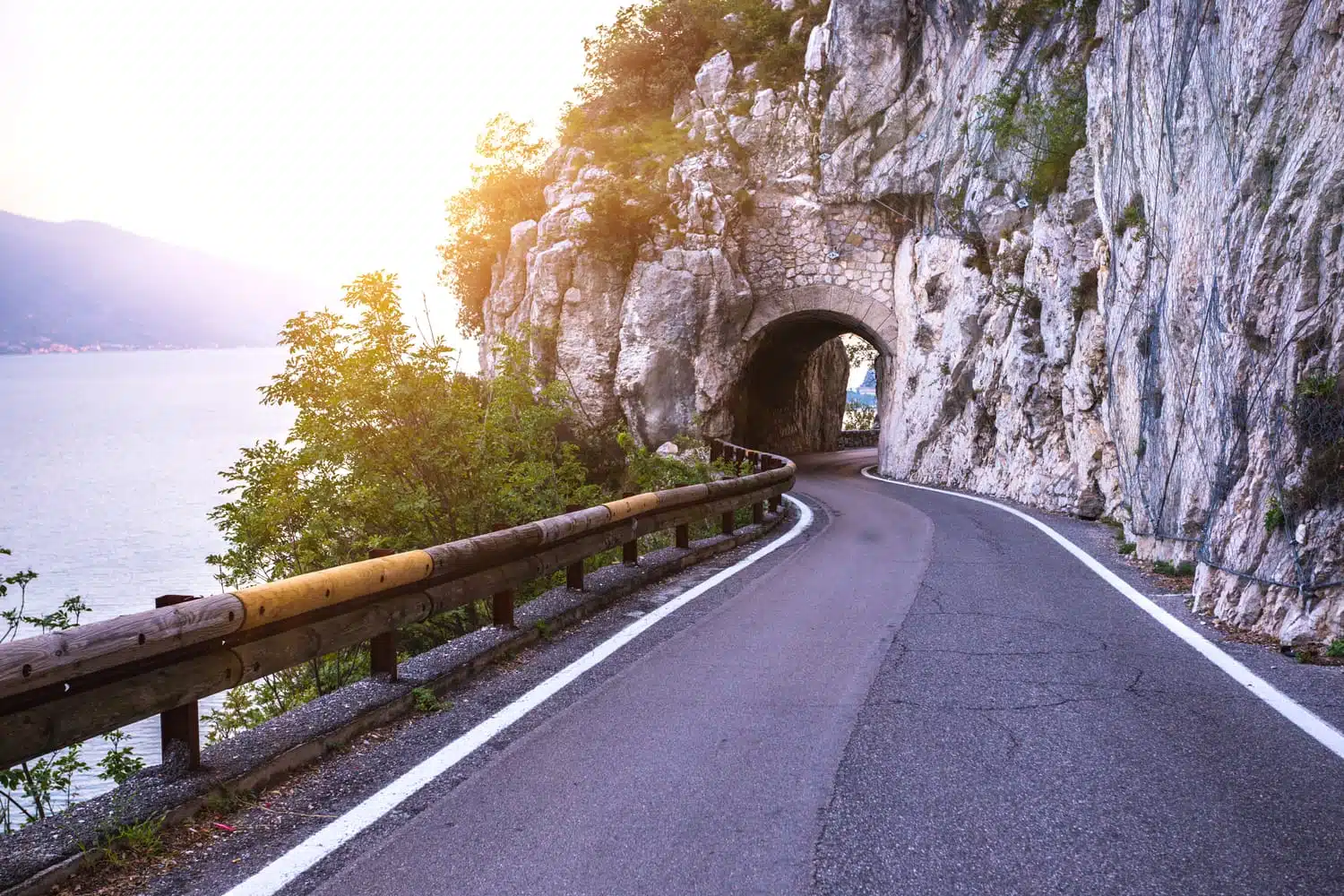Nestled in the blue Adriatic Sea, Giovinazzo (or Scevenàzze, in the local dialect) is a charming medieval town that boasts a history spanning thousands of years. A hidden treasure of the province of Bari, it reflects all the authenticity of Puglia while keeping the charm of its past intact.
A plunge into the past
It is said that it was Perseus, son of Jupiter, who founded 'Jovis natio,' today's Giovinazzo, a seaside village that existed as early as the 4th century BC. Formerly known as Natiolum, the Roman center thrived on the ruins of Netium Peuceta, destroyed during the Punic Wars.
The walls and the elegant Arch of Trajan, commissioned by the emperor of the same name, are an important historical record for the village. During the first millennium, it was a village of fishermen, sailors and traders, and in 1257, Manfredi gave it to Giordano Lancia.
Along the course of history, Giovinazzo has known several seigniories: the Aragonas (from 1369 to 1461), Ferdinand di Capua, the Gonzagas, and finally the Giudice Caracciolo princes, who ruled it until the abolition of feudality in 1806.
A treasure trove of architecture
Walking through Giovinazzo's historic center, it is impossible not to notice the 16th-century Palazzo Saraceno, which now houses the Town Hall, and the Palazzo del Marchese di Rende. The religious focus is represented by the Church of St. Dominic, the Church of the Holy Spirit with its characteristic "trullo" domes, and the Romanesque Cathedral of Santa Maria Assunta, where the Byzantine icon of the Madonna of Corsignano, the patron saint celebrated throughout August, is kept.
Giovinazzo consists of three hamlets: Sette Torri, San Matteo and Le Macchie, with Sette Torri as the oldest historic core located on a hill 142 meters above sea level. The waterfront offers enchanting views with its quaint little harbor, which has grown over the centuries as the main economic source of the village, especially in the 16th century when it became a vital trading port for Venice.
Attractions and points of interest
The town of Giovinazzo stretches from one side of the Adriatic coast to the other, amid rolling Murgia hills and crystal clear sea. In addition to its architectural and historical heritage, Giovinazzo offers restaurants and places where you can immerse yourself in the flavors and aromas of the local food and wine tradition.
Nearby, the Coastal Murgia is home to the dolmen of San Silvestro, a Bronze Age funerary construction.
Despite being off the beaten tourist track, Giovinazzo is a hidden treasure that offers patrons a unique authenticity and atmosphere, providing an unspoiled overview of Italy's history and cultural heritage. This undiscovered pearl of the Mediterranean deserves to be discovered and appreciated.


